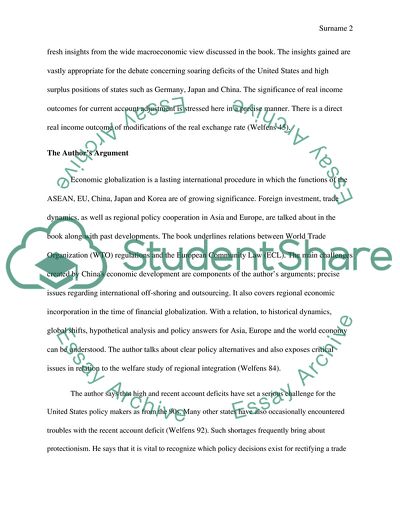Cite this document
(“Book by: Paul J. J. Welfens et al., EU-ASEAN : Facing Economic Report/Review - 1”, n.d.)
Book by: Paul J. J. Welfens et al., EU-ASEAN : Facing Economic Report/Review - 1. Retrieved from https://studentshare.org/history/1596172-book-by-paul-j-j-welfens-et-al-eu-asean-facing-economic-globalization
Book by: Paul J. J. Welfens et al., EU-ASEAN : Facing Economic Report/Review - 1. Retrieved from https://studentshare.org/history/1596172-book-by-paul-j-j-welfens-et-al-eu-asean-facing-economic-globalization
(Book By: Paul J. J. Welfens Et al., EU-ASEAN : Facing Economic Report/Review - 1)
Book By: Paul J. J. Welfens Et al., EU-ASEAN : Facing Economic Report/Review - 1. https://studentshare.org/history/1596172-book-by-paul-j-j-welfens-et-al-eu-asean-facing-economic-globalization.
Book By: Paul J. J. Welfens Et al., EU-ASEAN : Facing Economic Report/Review - 1. https://studentshare.org/history/1596172-book-by-paul-j-j-welfens-et-al-eu-asean-facing-economic-globalization.
“Book By: Paul J. J. Welfens Et al., EU-ASEAN : Facing Economic Report/Review - 1”, n.d. https://studentshare.org/history/1596172-book-by-paul-j-j-welfens-et-al-eu-asean-facing-economic-globalization.


